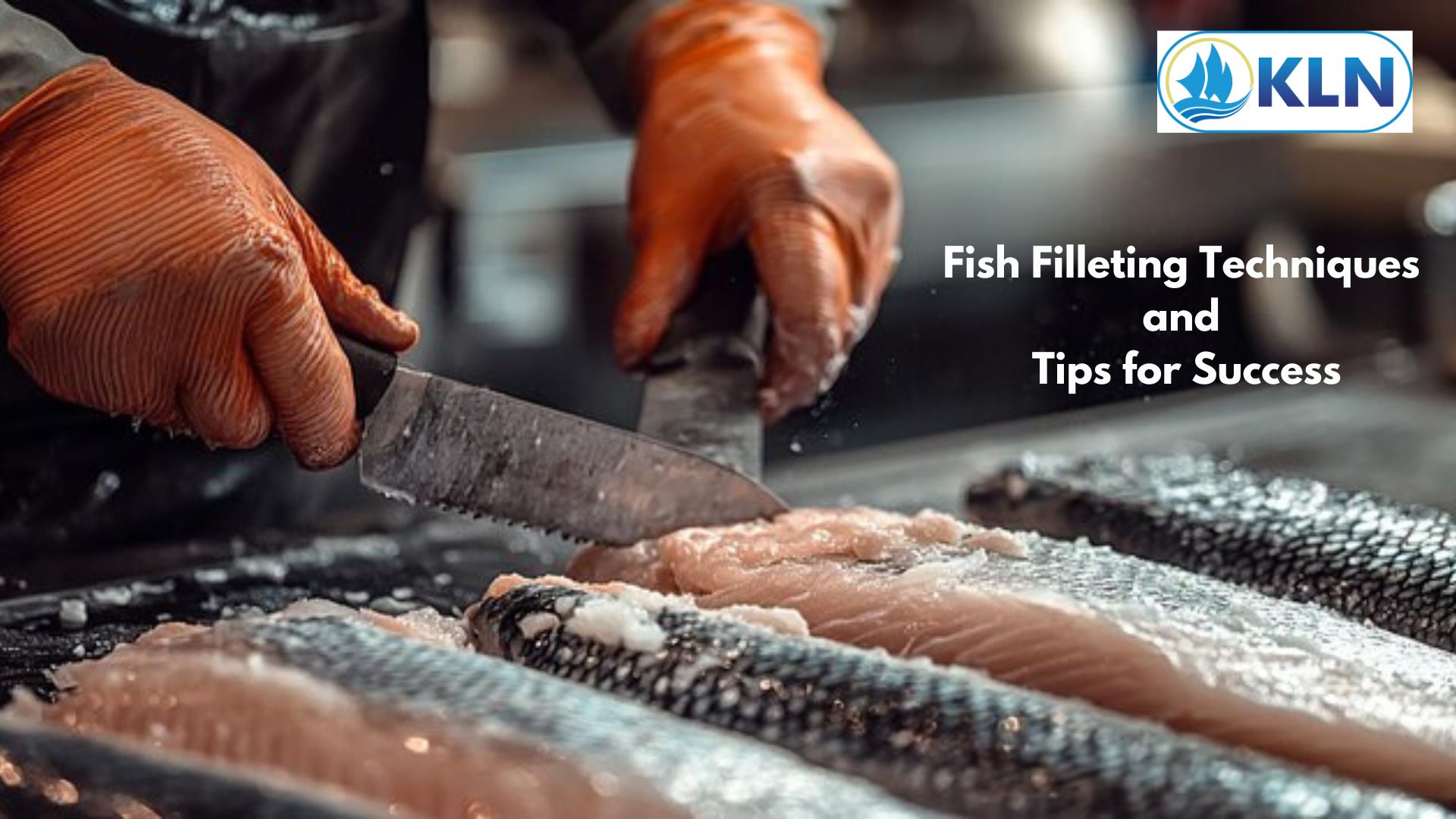Fish Filleting Techniques and Tips for Success
By. Najih - 23 Sep 2024
Filleting fish is a fundamental skill in both home kitchens and professional kitchens. Mastering the art of fish filleting can enhance your cooking, reduce waste, and elevate your seafood dishes. Here’s a comprehensive guide to help you become proficient in fish filleting.
Essential Tools
To start, having the right tools is crucial. A sharp, flexible filleting knife is indispensable, as it allows you to maneuver around bones and skin easily. Additionally, a cutting board with a non-slip surface ensures safety and stability during the filleting process.
Preparing the Fish
Before you begin filleting, ensure that the fish is properly scaled and gutted. Scaling removes the tough outer layer, while gutting removes internal organs, making the filleting process smoother. Rinse the fish under cold water to remove any remaining blood or debris.
Basic Filleting Technique
- Position the Fish
Place the fish on the cutting board with its belly facing up. Make sure the fish is stable.
- Make the Initial Cut
Starting behind the gills, make a cut down to the backbone, following the natural curve of the fish.
- Separate the Fillet
Gently slide the knife along the backbone, using a smooth sawing motion to separate the fillet from the rib bones. Repeat this process on the other side.
- Remove the Skin
Place the fillet skin-side down. Start at the tail end, making a cut between the skin and flesh. Pull the skin taut as you slide the knife along, removing it in one smooth motion.
Common Mistakes to Avoid
- Using a Dull Knife
A dull knife can make filleting difficult and increase the risk of injury. Regularly sharpen your knife to maintain efficiency.
- Rushing the Process
Take your time to ensure precision and avoid waste. Rushing can lead to uneven cuts and loss of valuable meat.
- Neglecting to Remove Bones
After filleting, check for any remaining bones and remove them with tweezers or pliers to ensure a clean fillet.
Practice and Patience
Filleting fish is a skill that improves with practice. Start with smaller fish and gradually move on to larger ones as you gain confidence. Patience and attention to detail will enhance your technique over time.

The Legal Shark Value Chain: Identifying Critical Control Points for Cost Efficiency and Value Enhancement from Catch to Consumer

Global Trust Across Three Segments: How the HACCP System Ensures Premium Quality for Demersal, Pelagic Fish, and Legal Shark Product Utilization
.jpg)
Green Investment, Profitable Harvest: How Sustainability Practices Reduce Operating Costs in Fish Fillet Processing Plants (Skin-On and Skin-Less)
 in Meeting Global Protein Demand Sustainably.jpg)




